- Home
- Articles
- Architectural Portfolio
- Architectral Presentation
- Inspirational Stories
- Architecture News
- Visualization
- BIM Industry
- Facade Design
- Parametric Design
- Career
- Landscape Architecture
- Construction
- Artificial Intelligence
- Sketching
- Design Softwares
- Diagrams
- Writing
- Architectural Tips
- Sustainability
- Courses
- Concept
- Technology
- History & Heritage
- Future of Architecture
- Guides & How-To
- Art & Culture
- Projects
- Interior Design
- Competitions
- Jobs
- Store
- Tools
- More
- Home
- Articles
- Architectural Portfolio
- Architectral Presentation
- Inspirational Stories
- Architecture News
- Visualization
- BIM Industry
- Facade Design
- Parametric Design
- Career
- Landscape Architecture
- Construction
- Artificial Intelligence
- Sketching
- Design Softwares
- Diagrams
- Writing
- Architectural Tips
- Sustainability
- Courses
- Concept
- Technology
- History & Heritage
- Future of Architecture
- Guides & How-To
- Art & Culture
- Projects
- Interior Design
- Competitions
- Jobs
- Store
- Tools
- More
Designing Architectural Spaces for Reflection: From Intent to Experience
Explore how to design architectural spaces for reflection that balance personal and communal needs. Learn to align intent with context through light, sound, and materials; ensure inclusivity, accessibility, and safety; and measure impact via user feedback—spanning micro-retreats to community rooms.

We design for noise all the time, circulation, crowds, performance. Designing architectural spaces for reflection asks us to tune the opposite: quiet, time, and attention. In this guide, we explore how to intentionally shape environments that help people slow down, whether for prayer, grief, study, or simply a deep breath. We’ll connect high-level purpose to concrete moves so reflection doesn’t become a vague idea, but a measurable, felt experience.
Table of Contents
ToggleDefining Reflection And Design Intent

Personal Versus Communal Reflection
Reflection isn’t one thing. Some of us seek solitude: others feel held by shared silence. We start every project by declaring who the primary user is in their reflective moment: the individual (a student decompressing between classes) or the group (a community gathering after difficult news). That choice affects door counts, sightlines, and furniture density. A personal niche benefits from tight scale, arm’s‑length tactility, and clear boundaries. Communal rooms need shared focal points, nonhierarchical seating, and acoustics that allow soft voices without echo.
Clarity Of Purpose And Program
Vague intent leads to generic space. We write a one-sentence purpose statement, “A quiet room for 10–14 people to reset, grieve, or pray for up to 20 minutes”, and derive program directly: entry vestibule, shoe/coat area if relevant, lockable storage, varied seating (upright and lounge), and a neutral focal wall. We map adjacencies to keep the flow frictionless: restrooms nearby, noisy functions buffered by storage or thicker partitions. When designing architectural spaces for reflection within workplaces, we align with HR wellness goals: in campuses, we sync with counseling and spiritual life teams.
Measuring Impact: Calm, Focus, And Dwell Time
We test whether the space works. Pre/post heart-rate variability studies are ideal, but simple proxies help: noise levels (NC 25–30 target), illuminance (50–150 lux on task surfaces for quiet rooms), and average dwell time. If people stay longer than intended, they may feel safe and restored, or the space is so comfortable it monopolizes capacity. We also track return rates and ask users to describe feelings in one word. Calm, clear, grounded? Good. If we hear sterile, exposed, or confusing, we iterate.
Site, Context, And Cultural Sensitivity

Reading Place: History, Climate, And Orientation
Every site whispers instructions. In hot climates, thick walls and deep reveals create shadow that cools the mind and body. In northern latitudes, a south or east orientation offers soft morning light ideal for journaling or prayer. We study site history, previous uses, community narratives, even past traumas, so the design doesn’t unintentionally reopen wounds. Materials can echo local craft without mimicking it: a brick slip pattern, a timber species, or a stone aggregate can signal belonging.
Cultural And Spiritual Inclusivity
Reflection crosses beliefs. We avoid iconography unless client-specific, and we accommodate multiple postures: chairs for seated focus, floor cushions or prayer mats, and a small ablution sink if appropriate. Storage for sacred texts and neutral focal elements, a window to a tree, a simple niche, a fabric panel, invite many traditions. Signage uses inclusive language. Scent policies consider sensitivity: any aromatics should be optional and user-controlled.
Urban, Suburban, And Rural Conditions
In dense urban sites, we borrow quiet from within: layered vestibules, acoustic lobbies, and high-STC envelopes. Suburban buildings can deploy garden courts to create buffers from parking and traffic. Rural settings allow longer approaches and framed horizons. In all cases, we locate reflective spaces away from mechanical rooms and vertical shafts, and we manage nighttime safety through subtle lighting and visible but calm access routes.
Spatial Principles: Thresholds, Sequences, And Privacy Gradients

Approach, Entry, And Transition Zones
Reflection begins before the door. A short sequence, change of floor texture, lowered ceiling, filtered light, signals leaving the everyday. We like a 6–10 foot transition zone with a bench or small shelf for bags and phones. If the program allows, a double-door vestibule softens sound and temperature shifts. Clear wayfinding minimizes decision-making: the body should understand where to go next without signage shouting at it.
Prospect–Refuge And Room Proportions
Humans relax when we have a view (prospect) and a protected back (refuge). We shape rooms with low, protected edges, alcoves, high-backed seating, facing a calm focal area or landscape. Proportion matters: rooms between 1:1 and 1:1.6 feel balanced. Ceilings can gently lift toward the focal side, creating a quiet sense of release. Avoid long, narrow spaces that force linear hierarchies unless the ritual calls for procession.
Seating, Posture, And Dwell Patterns
We plan for three modes: upright focus (task chairs at small tables), reclined rest (lounge chairs with head support), and floor-based practice. Mix them, but don’t crowd. Allow 25–35 square feet per person in quiet rooms to preserve personal bubbles. Add perch spots along edges for brief reset visits, a five-minute breath between meetings counts. When designing architectural spaces for reflection in libraries or offices, we integrate soft tech: device ledges, concealed power, and strict no-call etiquette.
Sensory Design: Light, Sound, Materiality, And Nature

Daylight Modulation, Shadow, And Night Lighting
We favor indirect daylight: clerestories, north light, and filtered views. Adjustable layers, sheers, louvers, dimmable LED, let users tune brightness. Target low glare (UGR < 16) and warmer color temperatures in the evening (2700–3000K). Embrace shadow: it gives the eye a place to rest. At night, guide with low-level path lights and softly lit focal elements, avoiding downlights directly over heads.
Acoustic Calm And Curated Soundscapes
Silence is rarely absolute. We aim for acoustic calm: absorptive ceilings, upholstered elements, and door seals. A baseline of 30–35 dBA feels quiet without eerie deadness. Where masking is needed, use nature-forward sound, water, rustling leaves, at very low levels, or let a nearby garden provide the soundtrack. Mechanical noise is the enemy: specify low-sone equipment and isolate ducts.
Tactility, Color, Thermal Comfort, And Biophilia
Hands find edges. We select materials you want to touch: oiled wood rails, linen or wool textiles, limewash, and honed stone. Color palettes skew desaturated with a few grounded hues: avoid high-chroma accents that hijack attention. Thermal comfort supports lingering: slightly warmer setpoints for stillness, with radiant surfaces where possible. Biophilic moves, views to greenery, a single expressive tree, natural ventilation when climate allows, anchor the space in life.
Practicalities: Inclusivity, Safety, And Operations

Accessibility And Neurodiversity
Universal design is nonnegotiable. Provide turning radii, reachable controls, and floor transitions under 1/4 inch. For neurodiverse users, offer choice: brighter and dimmer zones, varied textures, and clear, low-stimulus signage. Avoid flicker: specify high-quality drivers. A small retreat niche within a larger room can help someone regulate without leaving.
Safety Without Surveillance
People relax when they feel safe but not watched. We design for clear sightlines from staff areas to entries without cameras inside the room. Vision panels with translucent film maintain privacy while indicating occupancy. Egress is intuitive: hardware is quiet. After hours, perimeter lighting and proximity to staffed zones make arrival and departure feel secure.
Maintenance, Durability, And Quiet Technology
Reflection fails if maintenance intrudes. Choose durable, cleanable finishes with soft acoustics. Integrate quiet tech: occupancy sensors tuned for gentle fade, silent closers, and hidden speakers if used. Establish operations protocols, cleaning schedules outside peak use, a posted etiquette card, and a simple feedback channel, so the space stays trustworthy.
Case Patterns And Typologies

Micro-Retreats: Alcoves, Nooks, And Pods
In offices and campuses, micro-retreats are the pressure valves. We carve out 4×7 to 6×8 foot alcoves with high-back seating, a small shelf, and adjustable light. Pods can float along circulation, but add acoustic seals and soft thresholds so they don’t feel like phone booths.
Community Reflection Rooms And Chapels
For multi-faith or secular rooms, neutrality is strength. We center the plan, provide flexible furniture, and integrate storage for ritual items. A simple window to sky or canopy serves as a universal focal element. In chapels, processional axes and timber or stone lend gravity without excess ornament.
Outdoor Retreats: Courtyards, Gardens, And Edges
Landscape can do what interiors can’t. A small courtyard with a water rill, a bench under deciduous shade, or a path along a planted edge creates micro-climates of attention. Use layered planting for seasonal change, and ensure at least one all-weather perch so the space works year-round.
Conclusion
Designing architectural spaces for reflection succeeds when intent, context, and sensory clarity line up. We set a purpose, tune thresholds and proportions, choreograph light and sound, and remove friction in operations. Do that, and people will use the space, on hard days and ordinary ones, because it quietly helps them return to themselves.
- Architectural Space Design
- architecture design with purpose
- architecture for inner peace
- architecture for relaxation
- calm architectural spaces
- designing spaces for mindfulness
- experiential architecture design
- holistic architectural design
- intent driven architectural spaces
- intentional architectural experiences
- intentional space planning
- introspective spaces architecture
- mindful architectural design
- mindfulness in architecture
- peaceful architectural environments
- reflection space architecture
- reflective design principles
- reflective environment design
- sensory architectural design
- spaces for reflection
- thoughtful space architecture
Submit your architectural projects
Follow these steps for submission your project. Submission FormLatest Posts
How Modern Bridges Balance Aesthetics and Engineering
How modern bridges balance aesthetics and engineering: explore form-driven systems, case studies,...
Exterior & Interior Remodeling Tips Every Homeowner Should Consider
Home upgrades reshape comfort, improve function, and strengthen long-term property value. Whether...
Top 8 Luxury Vacation Rentals Features Guests Love Most
A luxury vacation rental offers an entirely different experience than a typical...
Why Local Expertise Matters: Choosing the Right Plumbers in Townsville
Why Local Expertise Matters: Choosing the Right Plumbers in Townsville When it...






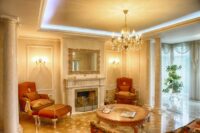
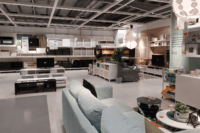
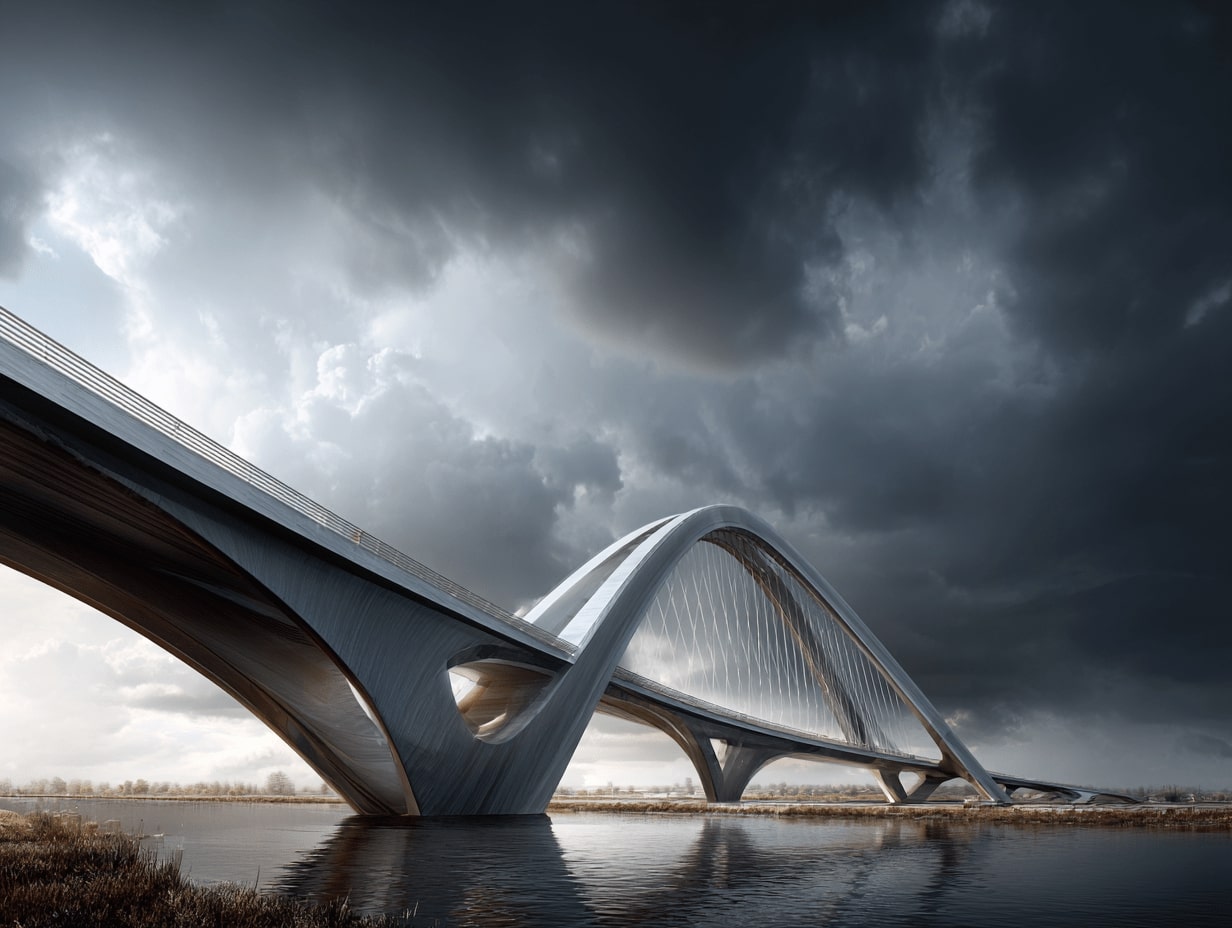
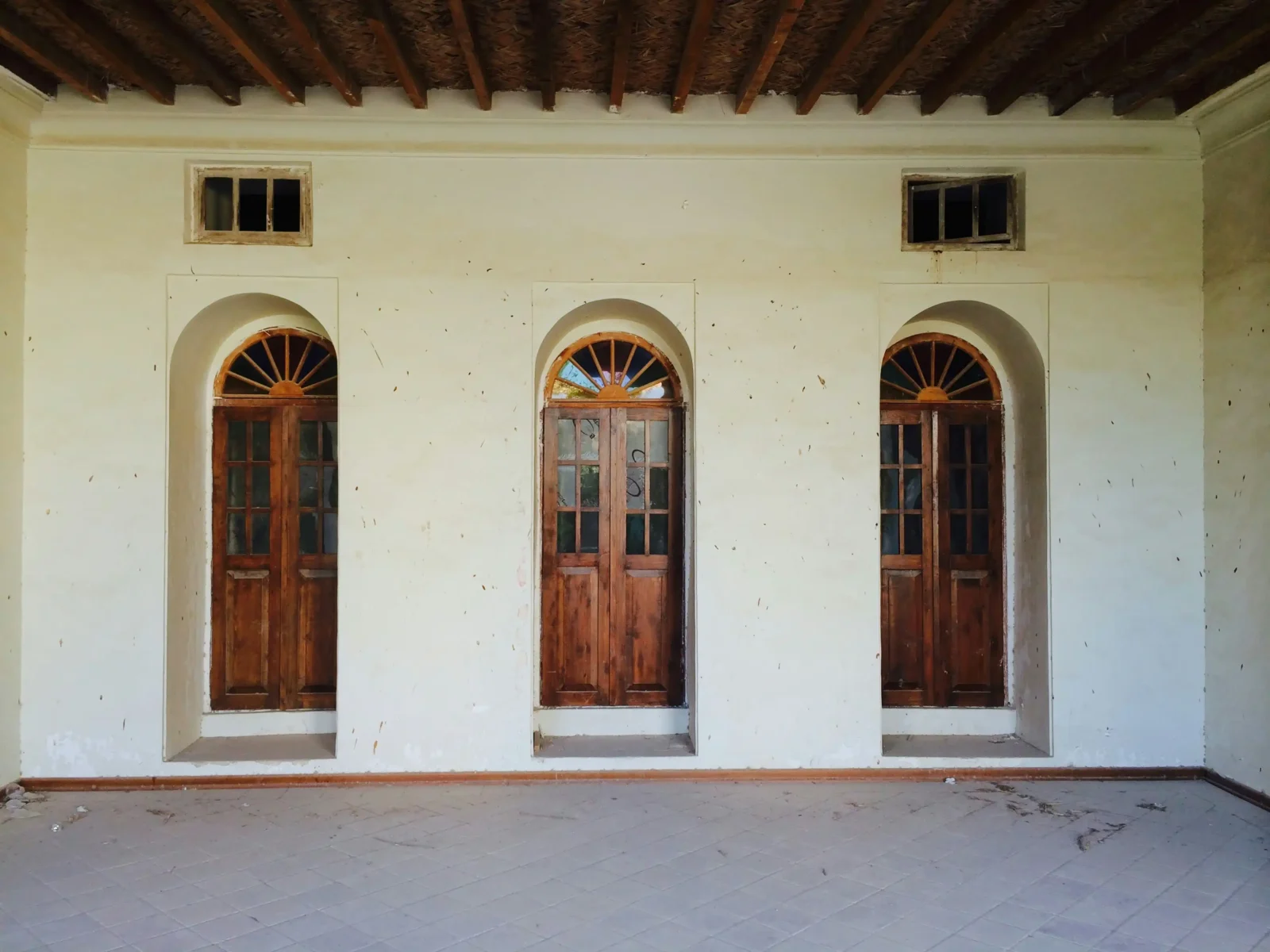
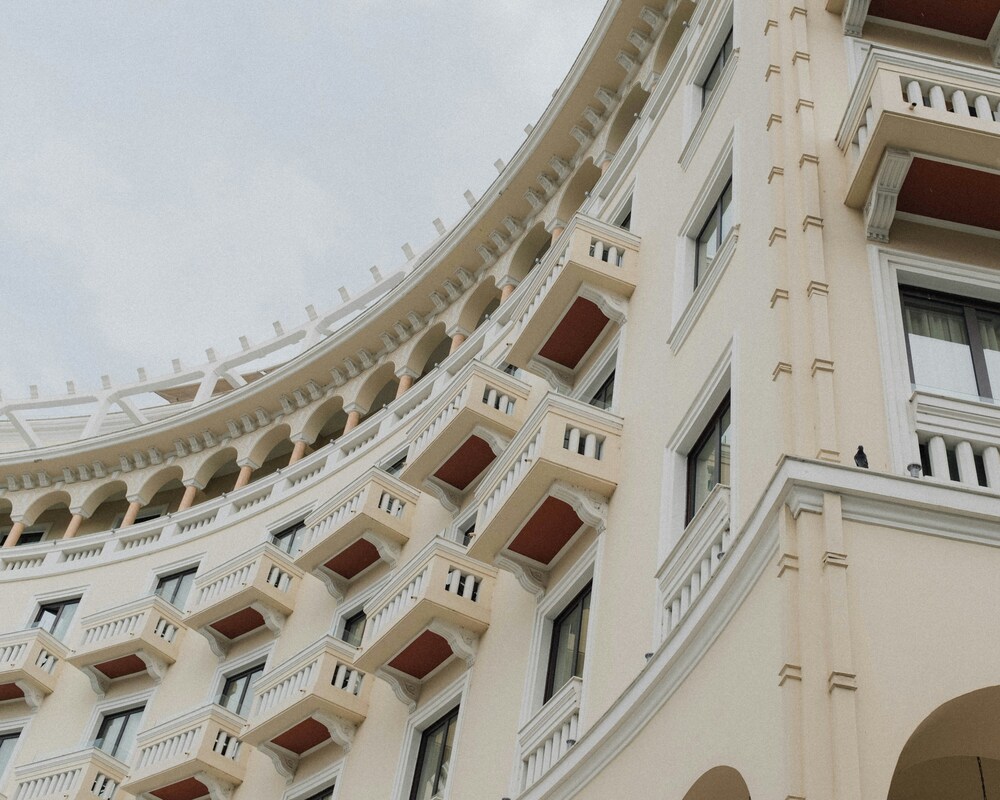

Leave a comment